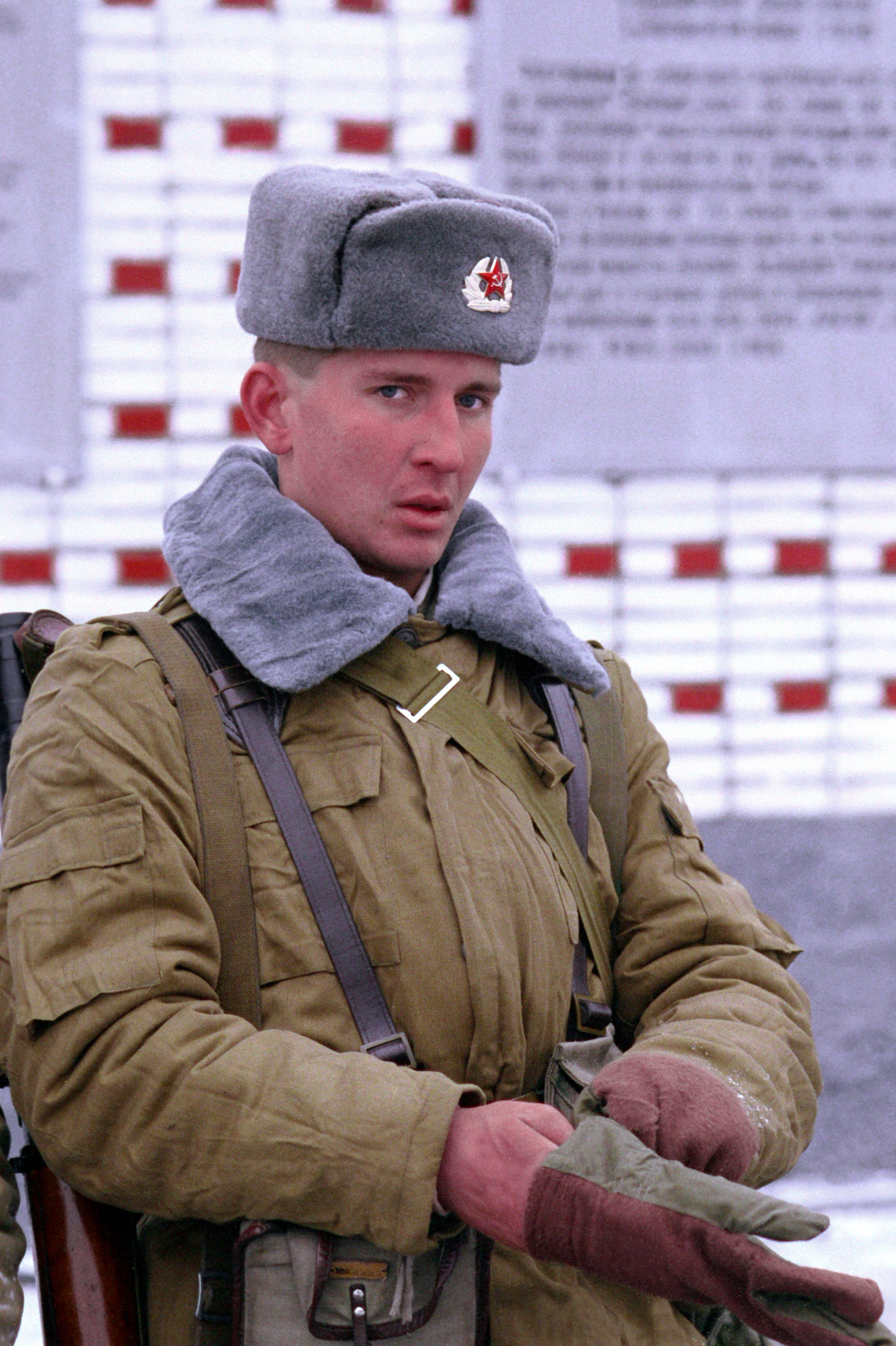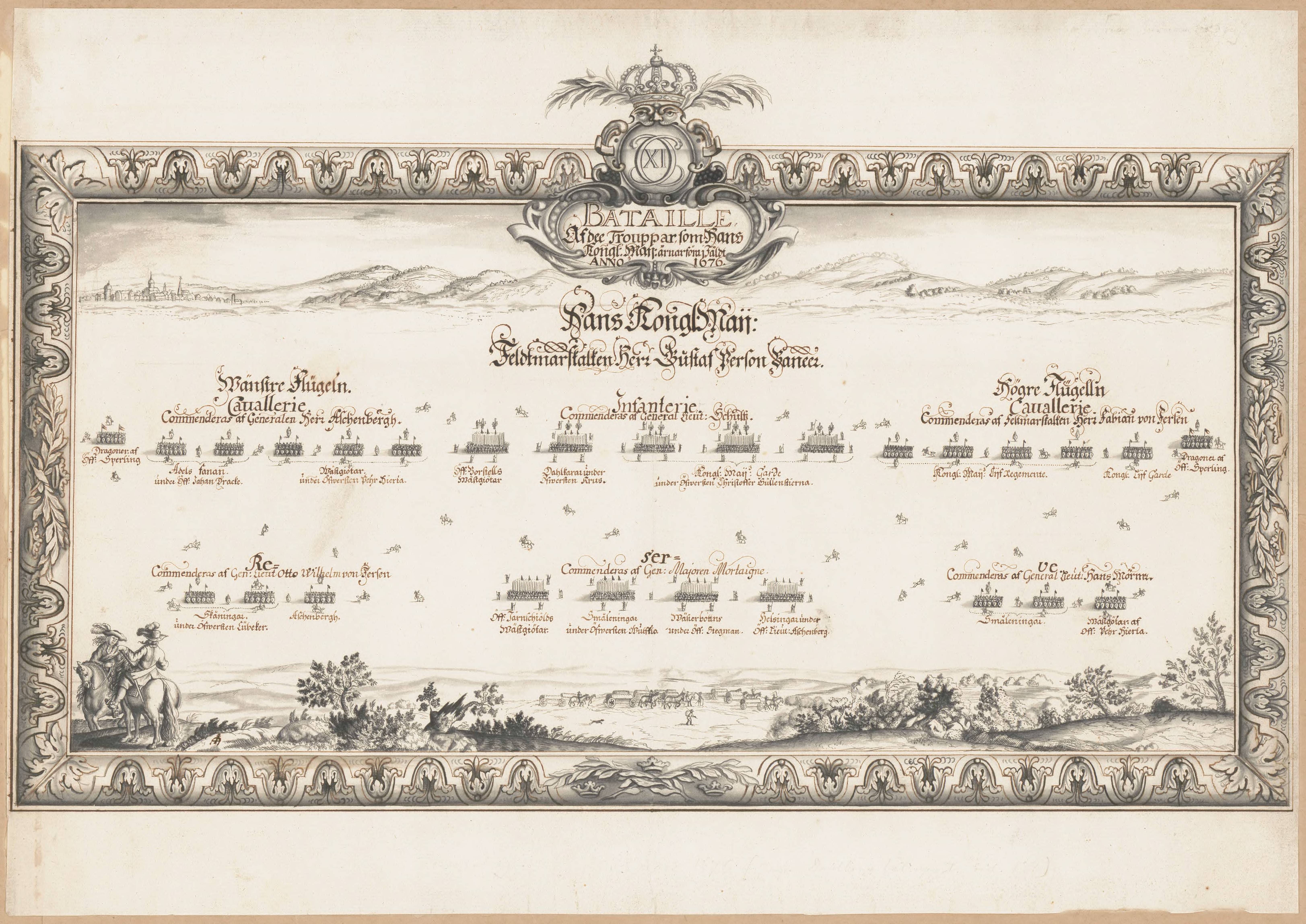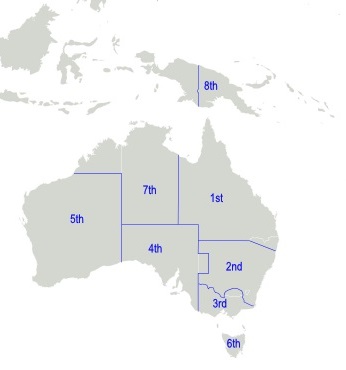|
Combat Composition Of The Soviet Army
''Boevoi sostav Sovetskoi armii'' ("Combat composition of the Soviet army") is an official Second World War Soviet Army order of battle published in five parts from 1963 through 1990 by the Voroshilov Academy of the General Staff and Voenizdat. Entries detailing the order of battle are arranged by month from June 1941 through May 1945 and for August 1945. The monthly entries are divided into four sections. These divide the forces into those actually engaged in combat operations, strategic air defense forces, Reserve of the Supreme High Command (Stavka reserve forces (RVGK)), and forces assigned to other fronts, theaters, and military districts. For each of the four sections, the order of battle is sorted into categories as rifle, artillery, tank, aviation, and engineer units. Totals for types of units are provided by organization (front or military district), and by month. English-language bibliographical listings David Glantz's ''Colossus Reborn'' lists the work in primary ... [...More Info...] [...Related Items...] OR: [Wikipedia] [Google] [Baidu] |
Soviet Army
The Soviet Ground Forces () was the land warfare service branch of the Soviet Armed Forces from 1946 to 1992. It was preceded by the Red Army. After the Soviet Union ceased to exist in December 1991, the Ground Forces remained under the command of the Commonwealth of Independent States until it was formally abolished on 14 February 1992. The Soviet Ground Forces were principally succeeded by the Russian Ground Forces in Russian territory. Outside of Russia, many units and formations were taken over by the post-Soviet states; some were withdrawn to Russia, and some dissolved amid conflict, notably in the Caucasus. While the Ground Forces are commonly referred to in English language sources as the Soviet Army, in Soviet military parlance the term '' armiya'' (army) referred to the combined land and air components of the Soviet Armed Forces, encompassing the Ground Forces as well as the Strategic Rocket Forces, the Air Defence Forces, and the Air Forces. After World W ... [...More Info...] [...Related Items...] OR: [Wikipedia] [Google] [Baidu] |
World War II
World War II or the Second World War (1 September 1939 – 2 September 1945) was a World war, global conflict between two coalitions: the Allies of World War II, Allies and the Axis powers. World War II by country, Nearly all of the world's countries participated, with many nations mobilising all resources in pursuit of total war. Tanks in World War II, Tanks and Air warfare of World War II, aircraft played major roles, enabling the strategic bombing of cities and delivery of the Atomic bombings of Hiroshima and Nagasaki, first and only nuclear weapons ever used in war. World War II is the List of wars by death toll, deadliest conflict in history, causing World War II casualties, the death of 70 to 85 million people, more than half of whom were civilians. Millions died in genocides, including the Holocaust, and by massacres, starvation, and disease. After the Allied victory, Allied-occupied Germany, Germany, Allied-occupied Austria, Austria, Occupation of Japan, Japan, a ... [...More Info...] [...Related Items...] OR: [Wikipedia] [Google] [Baidu] |
Order Of Battle
Order of battle of an armed force participating in a military operation or campaign shows the hierarchical organization, command structure, strength, disposition of personnel, and equipment of units and formations of the armed force. Various abbreviations are in use, including OOB, O/B, or OB, while ORBAT remains the most common in the United Kingdom. An order of battle is distinct from a Table of Organization and Equipment, table of organisation, which is the intended composition of a given unit or formation according to the military doctrine of its armed force. Historically, an order of battle was the order in which troops were positioned relative to the position of the army commander or the chronological order in which ships were deployed in naval situations. As combat operations develop during a campaign, orders of battle may be revised and altered in response to the military needs and challenges. Also the known details of an order of battle may change during the course of exe ... [...More Info...] [...Related Items...] OR: [Wikipedia] [Google] [Baidu] |
Voroshilov Academy
The Military Academy of the General Staff of the Armed Forces of the Russian Federation () is the senior staff college of the Russian Armed Forces. The academy is located in Moscow, on 14 Kholzunova Lane. It was founded in 1936 as a Soviet institution, based on higher command courses that had been established at the M. V. Frunze Military Academy, itself founded in 1918. An earlier General Staff Academy had existed during the Imperial period, since 1832. Students were, and probably still are, admitted to the Academy in the ranks of lieutenant colonel, colonel, and General-Major (one star). Most were colonels or newly promoted generals. Officers enter in their late 30s, as a general rule. Officers selected for this academy would have first attended the appropriate service or branch academy (see Military academies in Russia). Graduates who were not already generals or admirals usually were promoted to this rank a short time after completing the course. Length of the academy was ... [...More Info...] [...Related Items...] OR: [Wikipedia] [Google] [Baidu] |
Voenizdat
Voenizdat () was a publishing house in Moscow, Russia that was one of the first and largest publishing houses in USSR. The name is a Russian abbreviation for Voennoe Izdatelstvo (), meaning "Military Publishing House". Voenizdat was established by the Revolutionary Military Council (Revvoyensoviet) on 25 October 1919. The initial aim was to publish literature for the needs of the Ministry of Defence. It later published both fiction and non-fiction literature, technical manuals and dictionaries A dictionary is a listing of lexemes from the lexicon of one or more specific languages, often arranged Alphabetical order, alphabetically (or by Semitic root, consonantal root for Semitic languages or radical-and-stroke sorting, radical an .... The company was absorbed into the joint stock company Red Star in 2009. References External links [...More Info...] [...Related Items...] OR: [Wikipedia] [Google] [Baidu] |
Reserve Of The Supreme High Command
The Reserve of the Supreme High Command (Russian: Резерв Верховного Главнокомандования; also known as the '' Stavka'' Reserve or RVGK () or RGK ( comprises reserve military formations and units; the ''Stavka'' Reserve acted as the principal military reserve of the Soviet Red Army during World War II, and the RVGK now operates as part of the Russian Armed Forces under the control of the Supreme Commander-in-Chief of the Russian Armed Forces () — the President of the Russian Federation. History World War II Forces from the Reserve were assigned by the '' Stavka'' (Supreme High Command) to individual '' fronts'' (army groups) that were conducting major operations. These formations were designed to support any forms of operations but especially penetrations and exploitations in accordance with the Soviet deep battle doctrine. Beginning in 1943, the formations and units in the Reserve ranged from battalions to whole armies (e.g. the Reserv ... [...More Info...] [...Related Items...] OR: [Wikipedia] [Google] [Baidu] |
Stavka
The ''Stavka'' ( Russian and Ukrainian: Ставка, ) is a name of the high command of the armed forces used formerly in the Russian Empire and Soviet Union and currently in Ukraine. In Imperial Russia ''Stavka'' referred to the administrative staff, and to the General Headquarters in the late 19th-century Imperial Russian armed forces and subsequently in the Soviet Union. In Western literature it is sometimes written in uppercase (''STAVKA''), although it is not an acronym. ''Stavka'' may refer to its members, as well as to the headquarters location (its original meaning from the old Russian word '' ставка'', 'tent'). Stavka of the Supreme Commander during World War I The commander-in-chief of the Russian army at the beginning of World War I was Grand Duke Nicholas Nicholaievitch, a grandson of Tsar Nicholas I. Appointed at the last minute in August 1914, he played no part in formulating the military plans in use at the beginning of the war. Nikolai Yanushke ... [...More Info...] [...Related Items...] OR: [Wikipedia] [Google] [Baidu] |
Front (Soviet Army)
A front () is a type of military formation that originated in the Russian Empire, and has been used by the Polish Army, the Red Army, the Soviet Army, and Turkey. It is roughly equivalent to an army group in the military of most other countries. It varies in size but in general contains three to five armies. It should not be confused with the more general usage of '' military front,'' describing a geographic area in wartime. Russian Empire After the outbreak of the First World War, the Russian General Headquarters set up two Fronts: Northwestern Front, uniting forces deployed against German Empire, and Southwestern Front, uniting forces deployed against Austria-Hungary. In August 1915, Northwestern Front was split into Northern Front and Western Front. At the end of 1916 Romanian Front was established, which also included remnants of the Romanian army. In April 1917, Caucasus Front was established by the reorganization of the Caucasus Army. Soviet fronts in the ... [...More Info...] [...Related Items...] OR: [Wikipedia] [Google] [Baidu] |
Military District
Military districts (also called military regions) are formations of a state's armed forces (often of the Army) which are responsible for a certain area of territory. They are often more responsible for administrative than operational matters, and in countries with conscript forces, often handle parts of the conscription cycle. Navies have also used a similar model, with organizations such as the United States Naval Districts. A number of navies in South America used naval districts at various points in time. By country Algeria Algeria is divided into six numbered military regions, each with headquarters located in a principal city or town (see People's National Army (Algeria)#Military regions). Before the Algerian revolution, French Algeria was the 10th Military Region of France. This system of territorial organization, adopted shortly after independence, grew out of the wartime wilaya structure and the postwar necessity of subduing antigovernment insurgencies that were ... [...More Info...] [...Related Items...] OR: [Wikipedia] [Google] [Baidu] |
David Glantz
David M. Glantz (born January 11, 1942) is an American military historian known for his books on the Red Army during World War II and as the chief editor of '' The Journal of Slavic Military Studies''. Born in Port Chester, New York, Glantz received degrees in history from the Virginia Military Institute and the University of North Carolina at Chapel Hill. He is a graduate of the U.S. Army Command and General Staff College, Defense Language Institute, Institute for Russian and Eastern European Studies, and U.S. Army War College. Glantz had a career of more than 30 years in the U.S. Army, served in the Vietnam War, and retired as a colonel in 1993. Teaching career Glantz was a Mark W. Clark visiting professor of History at The Citadel, The Military College of South Carolina. Activity after retirement Glantz is known as a military historian of the Soviet role in World War II. He has argued that the view of the Soviet Union's involvement in the war has been prejudi ... [...More Info...] [...Related Items...] OR: [Wikipedia] [Google] [Baidu] |
World War II Orders Of Battle
The world is the totality of entities, the whole of reality, or everything that exists. The nature of the world has been conceptualized differently in different fields. Some conceptions see the world as unique, while others talk of a "plurality of worlds". Some treat the world as one simple object, while others analyze the world as a complex made up of parts. In scientific cosmology, the world or universe is commonly defined as "the totality of all space and time; all that is, has been, and will be". Theories of modality talk of possible worlds as complete and consistent ways how things could have been. Phenomenology, starting from the horizon of co-given objects present in the periphery of every experience, defines the world as the biggest horizon, or the "horizon of all horizons". In philosophy of mind, the world is contrasted with the mind as that which is represented by the mind. Theology conceptualizes the world in relation to God, for example, as God's creation, ... [...More Info...] [...Related Items...] OR: [Wikipedia] [Google] [Baidu] |





